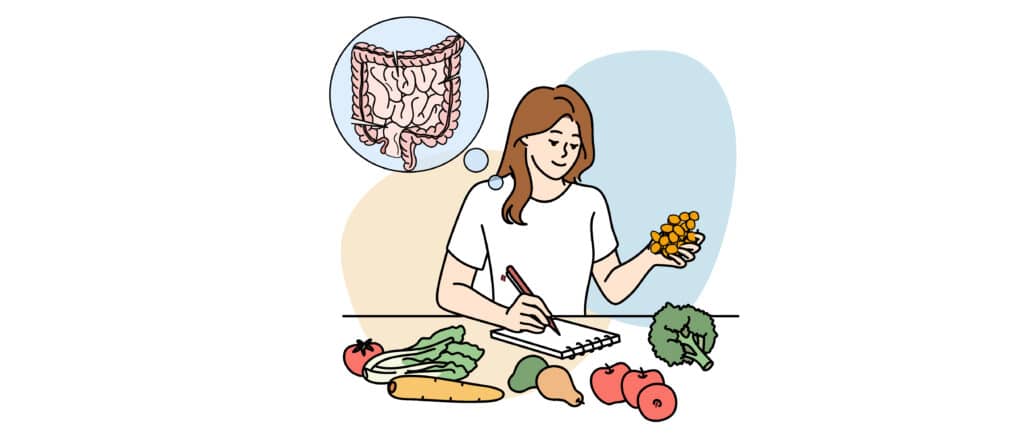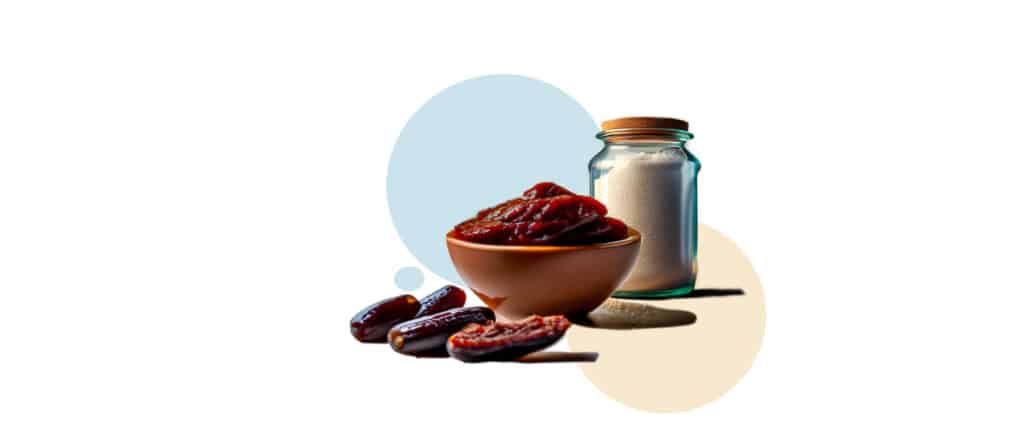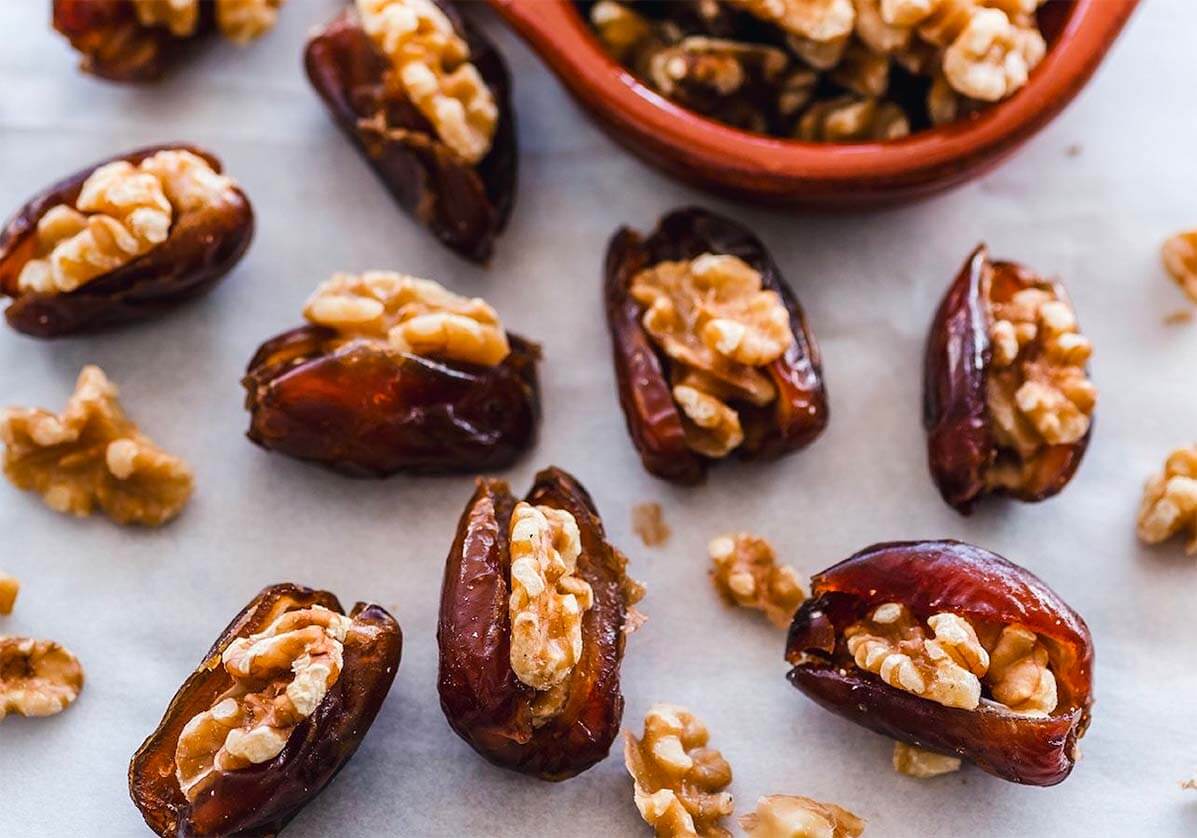What does Protein do to your body?
- Dates Nutrition
- January 3, 2022
- 9 minutes read
The name protein comes from the Greek word prōteios, which means ‘primary’. Proteins are essential macronutrients for the human body. They serve a variety of activities in the body, including functioning as building blocks for body tissue and as a source of energy.
Proteins are molecules made up of chains of amino acids found in almost every part of the body. Twenty amino acids aid in the formation of various proteins. Nine of these amino acids are essential amino acids. They can not always be synthesized in large enough quantities by the body. The essential amino acids include phenylalanine, valine, threonine, tryptophan, methionine, leucine, isoleucine, lysine, and histidine. These essential amino acids can be obtained from a healthy diet.
Sources of Protein
There are many potential food sources of protein. They are either complete or incomplete proteins based on the number of essential amino acids they contain.
Complete proteins are protein sources that contain all the essential amino acids. Complete protein can be found in all animal-based meals, including meat, dairy, and eggs. A few plant-based meals are considered complete proteins. These are quinoa, buckwheat, hempseed, blue-green algae, and soybean products like tofu and edamame.
Incomplete proteins are protein sources that contain some of the essential amino acids. They include the majority of plant-based meals. They are often eaten in combinations to complement each other and provide all the essential amino acids. An example of two complementary proteins is whole grain rice with beans.
Sources of protein can also be grouped into different classes. Some good sources of protein include:
- Seafood – fish, prawns, crab, lobster, mussels, oysters.
- Poultry and lean meat – chicken, beef, lamb, turkey, duck.
- Eggs
- Dairy products – milk, yogurt (particularly Greek yogurt), cottage cheese.
- Nuts and seeds – dates, hazelnuts, walnuts, sesame seeds, almonds, hemp, chia.
- Legumes, beans, and soy – lentils, chickpeas, split peas, all beans, tempeh, tofu.
- Whole grains – whole grain rice, whole grain pasta, oats, quinoa, farro.
HEALTH FUNCTIONS:
Proteins are present in different forms within the body and all body’s cells. They perform several physiological functions. Important functions include:
Bodybuilding and maintenance
Proteins are the body’s “building blocks.” They are necessary for body tissue growth, maintenance, and repair. Protein is in the hair, skin, eyes, muscles, and almost every part of the body. Children’s protein requirements per kilogram of body weight are generally higher than adults’. It is because so much growth and development of body tissues occur at this stage.
Provides structure
Proteins give cells, tissues, bones, skin, muscles, tendons, and ligaments strength and structure. Myosin, actin, collagen, and keratin are some proteins that perform this function
Collagen is the most abundant structural protein.
It accounts for 30% of bone tissue and a significant part of tendons, ligaments, cartilage, skin, and muscle.
Fluid balance
Bodily fluids are regulated by proteins present within the blood (albumin and globulin). These proteins generate pressure within the blood vessels that draws and retains fluid.
When blood protein concentration falls, fluid moves from the blood vessels to the tissue spaces. The accumulation of this fluid within the tissue spaces causes swelling or edema. It can be observed in kwashiorkor, a type of protein-energy malnutrition.
Immunity
Proteins also play vital roles in the body’s immune system. Antibodies are proteins produced by the body’s immune system in response to infections. Certain enzymes that break down the cell walls of bacteria are made from proteins.
Alongside carbohydrates, proteins also act as a source of energy for the body. One gram of protein provides 4 calories of energy, which is the same amount of energy one gram of carbohydrate provides.
Energy source
Proteins are broken down into their amino acid components and then utilized by the body to provide energy. However, the body prefers carbs as an energy source and only uses protein as a last option. It happens when fasting (more than 24 hours without meals), consuming little carbohydrate for a long period, or after prolonged, intensive exercise without adequate calorie intake.
DISEASE RISK REDUCTION:
Protein-containing foods rather than high-fat meats help reduce heart disease. These are fish, beans, poultry, almonds, and low-fat dairy.
Protein consumption also improves immune function and decreases infection susceptibility. Protein calorie deficiency weakens host immunity, particularly the T-cell system. It then leads to a rise in opportunistic infection.
Dietary protein is an important component for bone health throughout life. Hence, it plays a role in osteoporosis prevention. The International Osteoporosis Foundation (IOF) and the European Society for Clinical and Economic Aspects of Osteoporosis, Osteoarthritis, and Musculoskeletal Diseases (ESCEO) recommend that dietary protein levels above the current required daily amount in the United States and Canada may help reduce bone loss and hip fracture risk (provided calcium intakes are adequate).
GROUPS AT RISK:
About 1 billion people worldwide are protein deficient. Vegans, vegetarians, individuals over the age of 70, and those with illnesses of the gastrointestinal system that impact absorption (e.g. celiac or Crohn’s disease) are at risk of protein inadequacy.
Plants provide less protein and are generally more difficult to digest than animal sources. It places vegans and vegetarians in danger of protein insufficiency. That said, protein requirements can be met if adequate plant protein sources are included in their diet.
People over the age of 70 are more likely to develop protein deficiency. They eat less food, which limits the number of nutrients they receive.
Celiac disease and Crohn’s disease are two digestive tract illnesses that affect the body’s capacity to absorb nutrients like protein. Individuals within this group are advised to include high-protein-containing foods in their diet.
INTAKE RECOMMENDATIONS:
According to the Dietary Guidelines for Americans 2020 – 2025, protein should make up 10% to 35% of a person’s daily calorie intake. The daily amount of protein intake is dependent on each individuals’ age, height, sex, weight, and level of activity.
Adults should consume at least 0.8 grams of protein per kilogram of body weight every day – a little over 7 grams for every 20 pounds of body weight.
Protein is an essential macronutrient that should be included in any diet. Adequate protein consumption is associated with improved appetite, weight, body composition, aging, and general health. Consult your dietitian on ways to increase your protein consumption if you are at risk of developing a protein deficiency.









